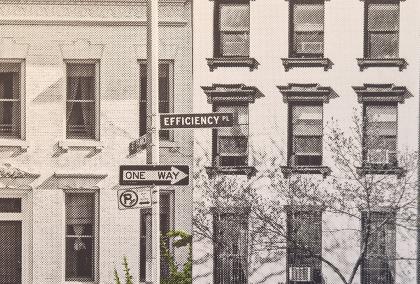Education is one of the cornerstones of the Finnish welfare society. The Finnish education system has no dead ends and learners can always continue their studies on an upper level of education.
Education in Finland is free, promotes social equality, and is concerned with “lifelong learning.” The new core curricula for pre-primary and basic education adopted in 2016 focus on learning, not steering. Finnish teachers are highly educated and strongly committed to their work.
Education is provided in both Finnish and Swedish, and in some municipalities also in Sámi. Financing for education is provided by municipal governments in cooperation with the national government. At the national government level, education is managed by the Ministry of Education and Culture and the Finnish National Agency for Education.
The Finnish education system consists of:
- Early childhood education and care which is provided for children before compulsory education begins,
- Pre-primary education which is provided for children in the year preceding the beginning of compulsory education,
- Nine-year basic education (comprehensive school), which is compulsory,
- Upper secondary education, which is either general upper secondary education or vocational education and training, and
- Higher education provided by universities and universities of applied sciences.
- Furthermore, adult education is available at all levels.
Read more about the Finnish education system at the Ministry of Education’s website.


